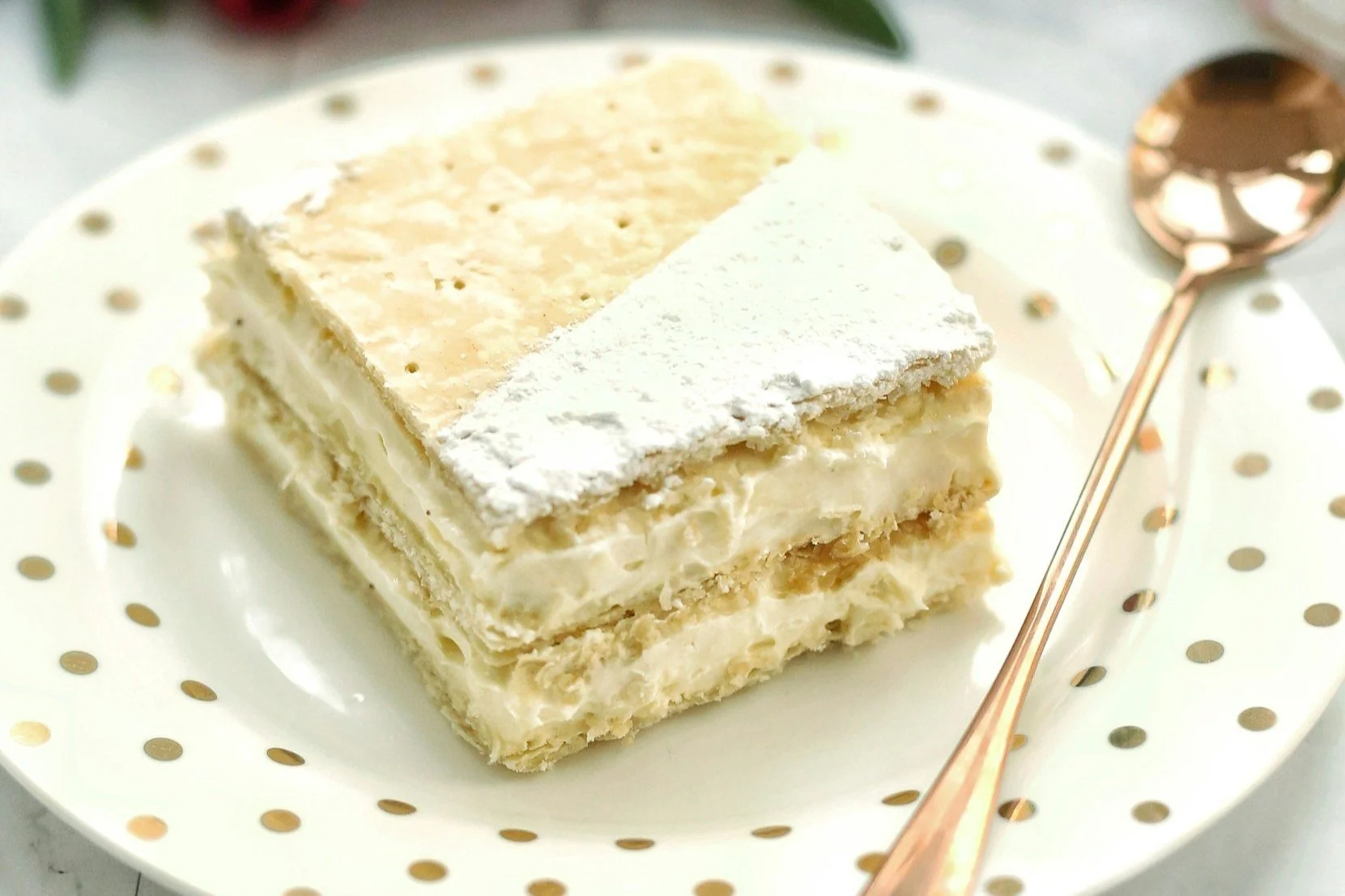Make Your Own Ancestral Girl Dinner: 12 Fridge-Friendly Foods That Last
Not every meal needs a recipe. Sometimes it just needs a spoon and a jar. These 12 make-ahead or slow-fermented foods have nourished generations — and they still hold their own on today’s snack plates.
Snack Plates and Sustenance: How Girl Dinner Became a Cultural Flashpoint with Ancestral Roots
It started with a ceramic plate, a piece of cheese, some grapes, a wine glass wheeled in tight. No flame. No stove. No recipe. Back in 2023, TikTok user Olivia Maher—sister of Olympic rugby star Ilona Maher—named it “Girl Dinner”. In a video testimony, she described it as a “medieval peasant meal” she loved. The clip went viral, sparking millions of videos of minimalist meals that looked like they were thrown together—or maybe just unearthed from a ragged fridge. (Glamour, The Hans India, Cultura Colectiva)
Packing the Lunch Tin: How Workers Ate Small and Survived Long Days
The shift horn blew. The boots stomped. And the metal latch clicked. That’s how lunch began.
No café jazz, no click of ceramic dishes, no paper napkin folded like origami. Just the sound of a tin creaking open in the dark belly of a mine or against the wind on a prairie field. The lid slammed back, dented from years of drops and drags, smudged with coal dust, fertilizer, sweat. Inside: bread thick as a fencepost, a jar lid that wouldn’t come loose without a knife, a wax paper wrap gone limp with grease.
Solo and Sustained: Eating Alone as Ritual, Survival, and Rebellion
The hum of the fridge. The tap leaking, soft as breath. The kettle rattling, forgotten and still full. There’s an avocado on the counter that went bad yesterday. A heel of bread. One last hardboiled egg, peeled already, shrivelled a little. One pickle. A triangle of cheese. Three olives, maybe four, soft, salty, slumped.
The Snack Plate Across Cultures: Small Meals with Big Stories
You walk into a kitchen in Beirut, Busan, Barcelona, Bamako. You sit. You wait. You don’t get one plate—you get six. Ten. Fifteen. Some small, some smaller. A pickled thing, a fried thing, a thing cured in salt or smoked in the firepit out back. Chickpeas mashed with garlic. Eggplant blackened to silk. Anchovies glistening in oil. Kimchi sharp as a slap. Carrots steeped in vinegar. Olives, dozens of them, wrinkled or slick or stuffed with almonds.
Not Just Snacks: Women’s Hidden Food Labour in History
Girl dinner, they say, is effortless. A scoop of hummus, a heel of bread, the last of the berries, some pickled beans from a jar so old the label’s curling. It’s a meal that doesn’t pretend to be anything but enough.
But “effortless” is a myth.
Barbie, Beans, and Backlash: Is ‘Girl Dinner’ Just a Repackaged Legacy of Foraged Food?
Eight-fifteen on a Wednesday night. The overhead light in the kitchen hums like a bug zapper. You open the fridge with the vague hope that something edible has manifested since the last time you looked. There it is: half a cucumber, one end chewed back like a raccoon got to it. The last heel of a loaf. Cheese—dry at the edges, but still cheese. A spoonful of olives, the kind that came from a jar and taste like salt and regret. And oh! A miracle! Two slices of smoked fish curled like commas in the back of the Tupperware.
Ukrainian Prairie Stories: Recipes and Roots Across the Land
When people speak of Canadian food, it’s often in generalities—maple syrup, poutine, butter tarts. But the real story of Canadian cuisine is one of interwoven legacies. Ukrainian food, especially on the Prairies, is not just a cultural layer; it is a foundational thread in how rural communities fed themselves, celebrated, and built resilience on new soil.
From Baba’s Hands to Bake Sales: Ukrainian Honey Cakes in Rural Alberta
In Ukrainian tradition, medivnyk is a dense, dark honey cake spiced with cinnamon, cloves, and sometimes coffee or cocoa. Though simple in its, ingredients the cake was rich in symbolism and carefully reserved for feast days—especially Christmas, New Year’s, and major weddings. In some regions, it was part of ritual offerings, tied to both the sweetness of life and the warmth of shared gatherings.
Dill in the Boreal: How Ukrainian Herbs Naturalized Along Prairie Fencelines
When Ukrainian immigrants began arriving in Canada in the late 19th and early 20th centuries, many brought more than just tools and textiles. Tucked into coat linings or sewn into satchels were precious seeds from the Old Country—reminders of the land they left behind and essential for the lives they hoped to build. Among the most prized were herbs: dill, caraway, lovage, parsley, and sorrel.
Holubtsi on the Homestead: Cabbage Rolls and Root Cellars in Alberta’s Ukrainian Settlements
Between the late 1890s and the 1930s, thousands of Ukrainians arrived on the Canadian Prairies, seeking land, freedom, and the possibility of a better life. Alberta, with its vast stretches of forest-prairie edge and fertile soil, became home to some of the largest Ukrainian settlements in Canada. Places like Vegreville, Lamont, Mundare, and Andrew emerged as cultural strongholds where faith, language, and food could survive in a new land.
Perogies Across the Prairie: From Hand-Stuffed Dumplings to Freezer Staples in Saskatchewan
Saskatchewan’s landscape—sweeping plains, black soil, and harsh winters—offered both challenge and familiarity to Ukrainian immigrants who began arriving in the 1890s. Many came from agricultural backgrounds in Western Ukraine, regions that shared the open skies and grain-rich horizons of the Prairie provinces. The land promised opportunity but required adaptation.
Rye and Resilience: The Ukrainian Bread Legacy in Manitoba’s Parkland Region
In the late 19th and early 20th centuries, waves of Ukrainian immigrants arrived in the Canadian Prairies, many settling in what is now known as Manitoba’s Parkland Region—especially around Dauphin, Ethelbert, and Sifton. Seeking land, freedom, and survival, these newcomers brought more than just labour and language. They brought food traditions that were deeply tied to the rhythms of the earth—and none more foundational than rye bread.
Indigenous Foodways of Edmonton: Rediscovering Traditional Flavours
Edmonton rests on Treaty 6 territory, the traditional lands of the Néhiyaw (Cree), Niitsitapi (Blackfoot), Métis, Nakoda (Stoney), Dene, Haudenosaunee (Iroquois), and Anishinaabe (Ojibway/Saulteaux) peoples. This place is not just a backdrop for food—it is a living landscape of knowledge, culture, and memory.
A Taste of Italy: Italian Cuisine in Edmonton
Italian immigrants arrived in Alberta in small numbers as early as the 1890s, often settling in mining towns like Coleman and Blairmore. By the 1920s and again after World War II, larger waves of immigration brought families from Calabria, Abruzzo, Sicily, and Veneto to Edmonton.
Sustainable Dining in Edmonton: Green Restaurants Leading the Way
In a prairie city known for long winters and vast distances, sustainable dining might seem like a contradiction. Yet Edmonton’s culinary landscape is undergoing a quiet transformation—one where the values of sustainability, cultural integrity, and community resilience are driving new standards in food service.
Edmonton’s Oldest Restaurants: A Taste of History
Edmonton is a city that wears its age quietly. While much of its modern identity has been shaped by oil booms, arts festivals, and growing immigration waves, the story of its food is told in tucked-away diners, enduring bakeries, and family-run restaurants that have outlived trends.
From Railway Kitchens to Banquet Halls: Tracing Chinese Culinary Roots in Edmonton
The story of Chinese food in Edmonton begins not in a kitchen, but along the Canadian Pacific Railway. Chinese immigrants were among the earliest non-European labourers to arrive in Alberta in the late 1800s, often facing harsh working conditions and systemic discrimination. After the railway was completed, many were forced to turn to low-margin industries, including laundries and food service.
The Origins of Cinnamon
Cinnamon comes from the inner bark of trees in the Cinnamomum genus. The most prized variety, Cinnamomum verum (or Ceylon cinnamon), is native to Sri Lanka. Other types, particularly Cinnamomum cassia, originated in China and Southeast Asia and are often sold under the same name, especially in North America.





















